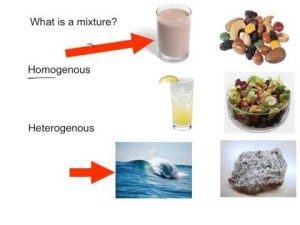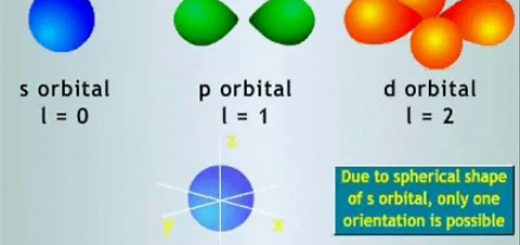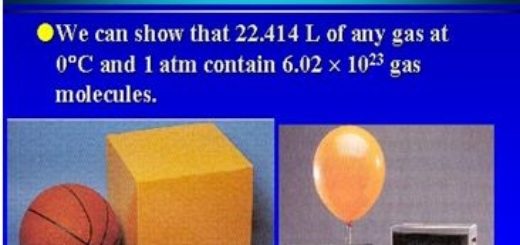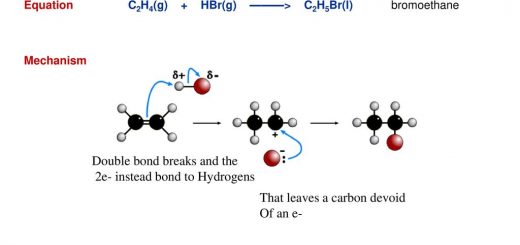Types of mixtures and solutions
Types of mixtures
Mixture means the thing which contains two or more different substances in any ratio such as the seawater , granite and gasoline , The mixtures can be classified according to their homogeneity into two types which are homogeneous ( solutions ) and heterogeneous ( colloids and suspensions ) .
Homogeneous
Solutions
Their components cannot be distinguished by the naked eye or the electron microscope , such as Table salt solution in water ,Cane-sugar solution in water, Cobalt (II) chloride solution in water .
Heterogeneous
Colloids
Their components can be distinguished by the electron microscope only, such as Aerosols, Hair gel, Mayonnaise emulsion, Blood and Milk.
Suspensions
Their components can be distinguished by the naked eye, Such as Table salt in kerosene, Cane-sugar in kerosene, Cobalt ( II ) chloride in kerosene and oil in water .
Homogeneous mixtures
Solutions
Solutions are necessary in the biological processes that occur inside the living organisms, If you add a small quantity of a substance ( as sugar ) to a large amount of another substance ( as water ) and disappear in it , Therefore , Sugar is a solute , water is a solvent and the produced mixture is a solution .
Solute is the minor component that has the lesser ratio in the solution , Solvent is the major component that has the larger ratio in the solution , Solution is a homogeneous mixture of two or more substances which are chemically unreacted .
The sweet taste of the sugar solution in water is the same in all of its parts because of the homogeneity of the sugar solution , as each part of the solution contains the same amount concentration ) of sugar.
Types of solutions
Solutions can be classified according to the physical state of the solvent, The ability to conduct electricity and the degree of saturation .
According to the physical state of the solvent
Solutions are divided into gaseous solutions , liquid solutions and solid solutions .
- Gaseous solutions: when the solute is gas and solvent is gas such as atmospheric air & natural gas, when the solute is gas and solvent is a liquid such as soft drinks & oxygen dissolved in the water .
- Liquid solutions : when the solute is liquid and the solvent is liquid such as alcohol in water, ethylene glycol ( antifreeze ) in water , when the solute is solid and the solvent is liquid such as sugar or salt in water .
- Solid solutions : when the solute is gas and the solvent is solid such as hydrogen gas on palladium or platinum , when the solute is liquid and the solvent is solid such as liquid mercury dissolved in solid silver ( silver amalgam ) Hg (l) / Ag (s), when the solute is solid and the solvent is solid such as alloys ( nickel-chrome alloy ) .
Scientific background knowledge
Electronegativity is the ability of an atom to attract the electrons of the bond to itself, Polar bond is the covalent bond between two atoms which are different in electronegativity, The higher electronegative atom carries a partial negative charge ( δ− ), while the other atom carries a partial positive charge ( δ+).
Polar molecules are the molecules that have an end carrying a partial positive ( δ+) and another end carrying a partial negative charge ( δ− ), Polar compound is the compound which has a polar covalent bond , The degree of polarity depends on Difference in electronegativity between the bonded atoms, Geometry of the molecule and bond angles .
Water is considered as a famous polar solvent because this polarity attributed to the presence of two polar bonds ( because the electronegativity of oxygen is higher than that of hydrogen ), The structure of water molecule contains large bond angle = 104.5 degree.
You can read this article about Solutions of electrolytes & non-electrolytes and Degree of saturation
Types of mixtures in terms of homogeneity
Matter, Mixtures Types, Properties, Formation and Separation




